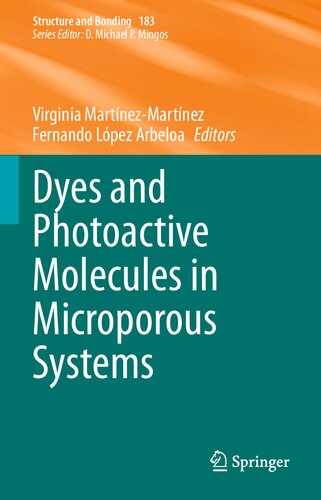

Most ebook files are in PDF format, so you can easily read them using various software such as Foxit Reader or directly on the Google Chrome browser.
Some ebook files are released by publishers in other formats such as .awz, .mobi, .epub, .fb2, etc. You may need to install specific software to read these formats on mobile/PC, such as Calibre.
Please read the tutorial at this link: https://ebookbell.com/faq
We offer FREE conversion to the popular formats you request; however, this may take some time. Therefore, right after payment, please email us, and we will try to provide the service as quickly as possible.
For some exceptional file formats or broken links (if any), please refrain from opening any disputes. Instead, email us first, and we will try to assist within a maximum of 6 hours.
EbookBell Team

4.7
16 reviewsThis book provides an overview of the design, synthesis, and characterization of different photoactive hybrid organic-inorganic materials, based on the combination of mainly organic molecules and inorganic nanostructures, tackling their uses in different scientific fields from photonics to biomedicine.
There are many examples extensively describing how the confinement of organic compounds (i.e. chromophores, photochromic molecules or photoreactants), or other photoactive compounds (i.e.metal clusters) into several microporous systems can modulate the photophysical properties and photochemical reactions leading to interesting applications. Among (ordered)-hosts, different systems of diverse nature are widely used, such as the, the 1D- or 3D- channels of zeolitic frameworks, interlayer space of 2D-clays, the organic nanospace of curcubituril and cyclodextrins or the organo-inorganic porous crystalline MOFs systems.
This volume highlights the advances of these photoactive materials and aims to be an inspiration for researchers working in materials science and photochemistry, including chemists, material engineers, physicists, biologists, and medical researchers.